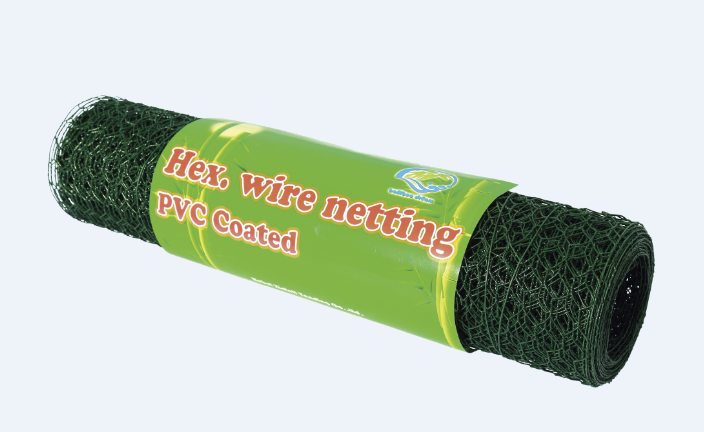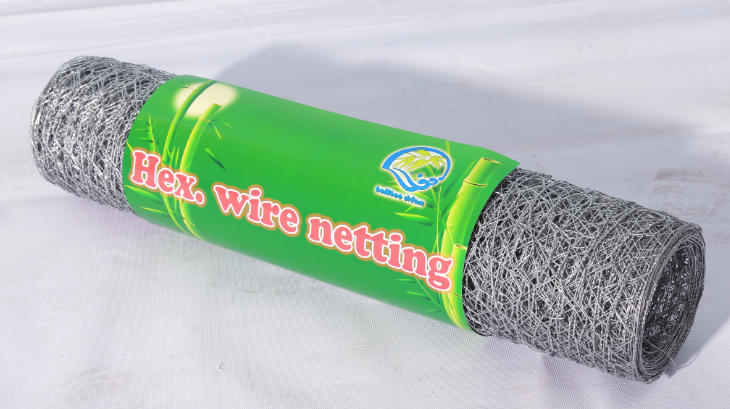According to the report of the American Physicists Network on November 23 (Beijing time), American chemists have developed a boron-nitrogen-based liquid hydrogen storage material that can work safely at room temperature and remain stable in air and water. This technological advancement has provided scientists with solutions to overcoming the hydrogen storage and transportation challenges that have constrained the economic development of hydrogen today. Related research was published in the online edition of the Journal of the American Chemical Society.
Hydrogen is regarded as the best substitute for fossil fuels, but hydrogen production, hydrogen storage, and hydrogen transport have always been important links that restrict the development of hydrogen energy. The new hydrogen storage material developed by the scientific team led by professor Liu Shiyuan of the Institute of Materials Science at the University of Oregon is a boron-hydrogen compound called boron nitrogen-methyl cyclopentane. The material can work at room temperature and have stable performance. In addition, the material can also release hydrogen, and the hydrogen release process is environmentally friendly, rapid, and controllable; furthermore, no phase change occurs during hydrogen release. This material uses the common ferric chloride as a catalyst to release hydrogen and can also recycle the energy used for hydrogen release.
Importantly, the new hydrogen storage material is liquid rather than solid. Liu Shiyuan said that hydrogen hydride storage technology has a large amount of hydrogen storage, and it is safe and convenient for storage, transportation, maintenance, and maintenance. It is easy to use existing oil storage and transportation equipment, and can be recycled for many times. This will reduce the global cost of transition from fossil fuels to hydrogen energy economy. “Currently, the hydrogen storage materials that scientists have developed are basically solid materials such as metal hydrides, adsorbent materials, and ammonia boranes. Liquid hydrogen storage materials are not only convenient for storage and transportation, but also can utilize the current popular liquid energy infrastructure. "Liu Shi-yuan said.
The key to developing this liquid hydrogen storage material is a chemical method. At the beginning, Liu Shiyuan's team found that the 6-ring ammonia borane forms a larger molecule and releases hydrogen. However, ammonia borane is a solid material. Therefore, they have successfully manufactured such liquid hydrogen storage materials by reducing the number of rings from 6 to 5 rings, and their vapor pressure is relatively low. Moreover, The release of hydrogen does not change its liquid properties.
Liu Shiyuan stated that the new material is suitable for use in portable devices powered by fuel cells, but this technology also needs continuous improvement, mainly to increase hydrogen production and to develop a more energy efficient regeneration mechanism. (Reporter Liu Xia)
Hebei Xinteli Hexagonal Wire Netting produced with superior quality of low carbon iron wire, normally galvanized or plastic coated for long life. The mesh is firm in structure and has flat surface. Hexagonal wire netting is extensively used in industrial and agricultural constructions. Also it can be used as fence for poultry cage, fishing, garden, children playground and Christmas decorations.


Hexagonal Wire Mesh,Hexagonal Chicken Wire Mesh,Galvanized Chicken Wire Mesh,Hexagonal Wire Netting
Hebei Xinteli Co., Ltd. , http://www.sinohardwares.com